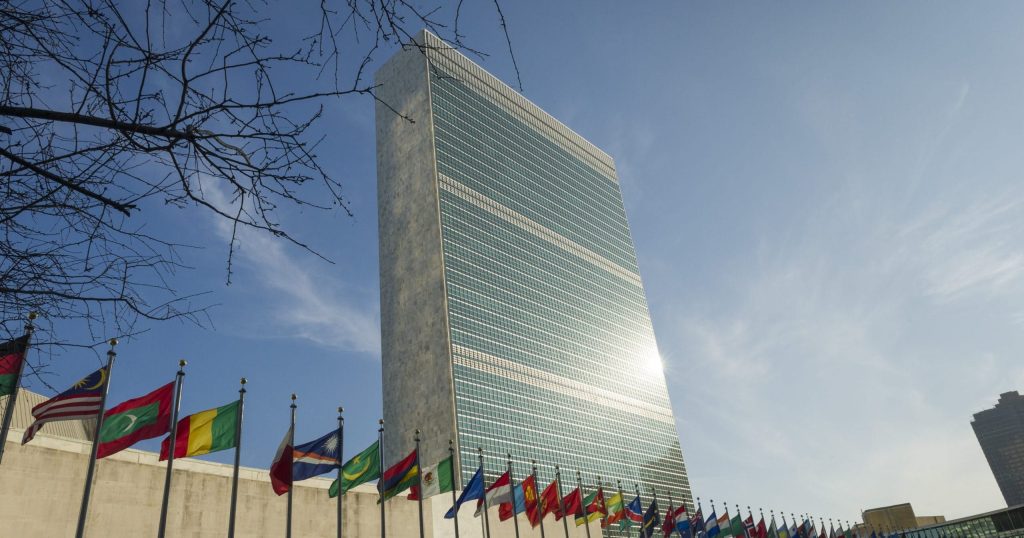The Global Polio Eradication Initiative (GPEI) has dealt with countless outbreaks since launching in 1988. As a result, the program is wiser and better equipped than ever to handle them, even under complicated and dangerous circumstances like those in Syria. In fact, the program has previously eliminated polio in areas of insecurity and even outright war, including in Angola, El Salvador, Sudan and elsewhere.
The new Eradication and Endgame Strategic Plan to end polio by 2018 builds on this expertise and provides effective outbreak response strategies. This includes establishing vaccination posts around inaccessible regions to prevent polio’s spread and negotiating days of tranquility to grant vaccinators access. Strategies from the plan are already being implemented in Syria, and will be aggressively pursued until the outbreak is stopped.
Polio’s return to Syria reinforces the urgent need to interrupt transmission in the remaining endemic countries: Pakistan, Afghanistan and Nigeria. These countries serve as reservoirs where the poliovirus is transmitted from person to person in a continuous chain. Infected persons then travel and infect susceptible persons in other countries, leading to outbreaks. In this year alone, polio traced to these reservoir countries has sparked outbreaks in the Horn of Africa, and now Syria. The virus has also turned up in Egypt and Israel, where it thankfully has not caused cases due to high immunization rates in the local population. It is imperative that we interrupt transmission in the three remaining endemic countries. With no source for new outbreaks, the end of polio will closely follow.
The good news is endemic countries have made remarkable progress this year. Collectively, they have reduced case counts nearly 40% compared to this time last year. Afghanistan’s traditionally endemic Southern Region has not seen a single case since November 2012.
We must capitalize on this progress to finally end polio in the endemic countries and eliminate the chance of it emerging anywhere else. Ensuring these reservoir countries stop polio transmission will not only mean that their residents no longer suffer from polio, but also that the whole world is protected from this disabling illness. What’s more, the knowledge and infrastructure acquired from the polio program will pave the way for delivery of other life-saving vaccines, extending benefits for generations to come.

